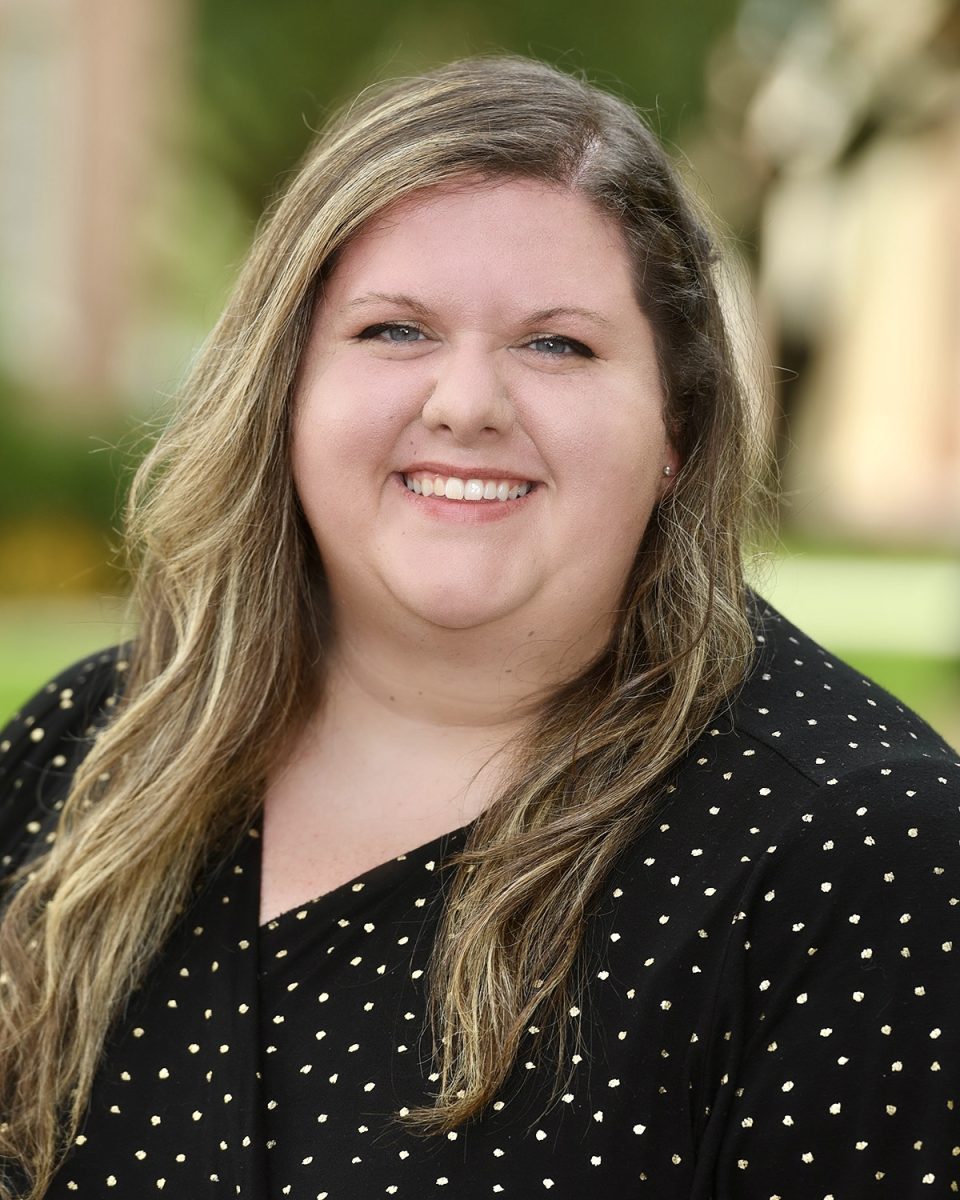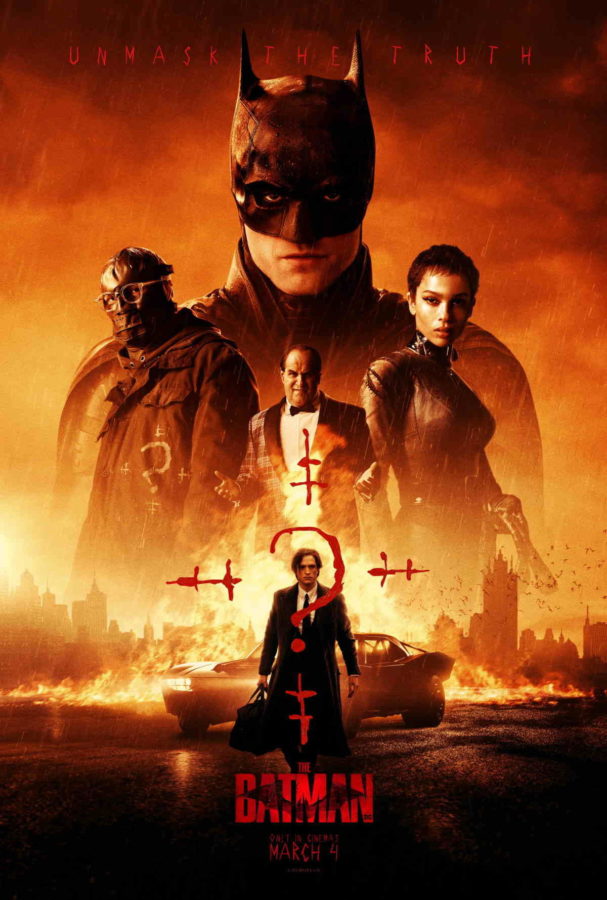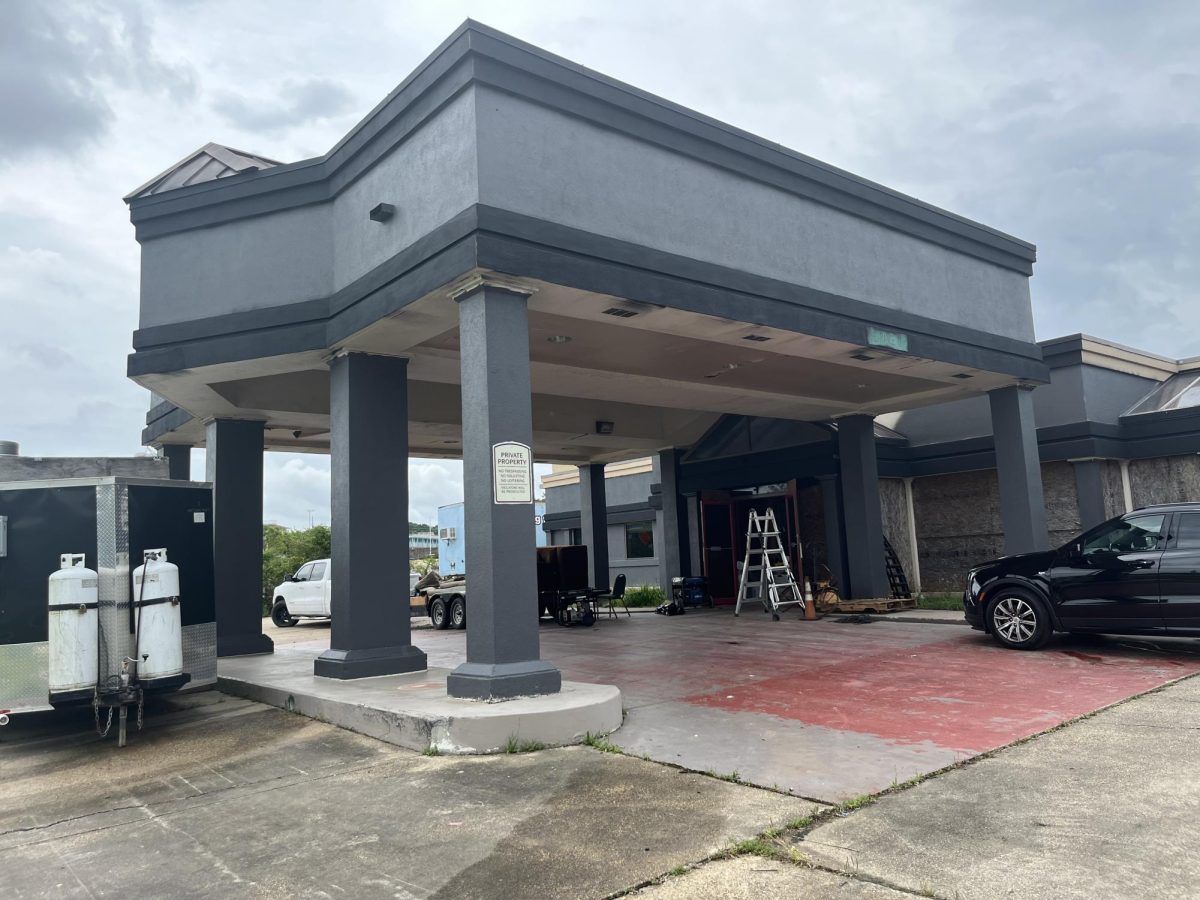Sixty-five years after being freed from almost certain death in one of history’s most horrific mass exterminations, one Holocaust survivor broke his silence. Lazlo “Leslie” Schwartz honored USM Feb. 24 by attending the Hattiesburg campus and sharing his story for a screening of the documentary “The Mühldorf Train of Death.”
On the morning of April 30, 1945, American troops marched into Seeshaupt, Germany. The American liberators, a unit of African- American soldiers, were sent to investigate a train car that had stopped nearby the German town of Tutzing. The train experienced several attacks for the past five days from Allied planes. There, the American soldiers learned the train carried not military personnel nor equipment but Leslie Schwartz and the surviving Jewish prisoners who had been sent to die.
Schwartz was born on Jan. 12, 1930 in Baktalórántháza, Hungary. His father died when he was 8 years old, and his mother remarried. Following the Nazi takeover of Hungary, Schwartz experienced the worst that humanity had to offer.
When Schwartz was 14 years old, the Nazis took him, his family and other Jews from their village to be transferred to Jewish ghettos of Auschwitz. When asked, Schwartz hid his true age, which grouped him alongside the adult men and perhaps which ultimately contributed to his survival. The night Schwartz saw his mother and sister for the last time, he, along with other men suited for labor, was forced on a train to Dachau, the first of the German concentration camps.
Schwartz remembered the thick air of finality that filled the void left as hope was lost.
“There were those of us who were smokers, would give their bread away for cigarettes and starve themselves to death,” Schwartz said.
Malnourished, abused and overworked, Schwartz transformed from a healthy teenage boy into what he described as “a bag of bones.”
Schwartz recalled one man in particular named Christopher Ludwick Konnol, a kapo in charge of a few prisoners at Mühldorf concentration camp. He was not Jewish but was a communist whom the Nazis had imprisoned.
“This Konnol was one of the most brutal, vicious guys,” Schwartz said. Schwartz said when it would rain, Konnol would tell the prisoners in his charge to undress, go outside and come back. When they came back, Konnol ordered them to kneel down and lick the floor.
Schwartz describes the depravity of his captures in stark imagery, even when detailing the actions of one of the Nazi’s most notorious figures: Josef Mengele.
“This German-Jewish man, Mengele did an experiment on him,” he said. “He sewed up his rectum.”
Schwartz’s struggle for survival culminated in “The Mühldorf Train of Death,” a documentary focusing on the last days of his internment during World War II. In the film, Germans transported more than 3,600 prisoners in 60 to 80 wagons from Mühldorf to Tyrol. The Nazis intended to kill all prisoners on the train, an endeavor with which they almost succeeded.
During the five-day train ride, Schwartz was shot twice in the neck and jaw, and Allied warplanes had attacked the train several times believing it was a military transport. The Allies only stopped their attack after realizing the identity of the train’s passengers.
“It was when one of us got the bright idea to stand on top of the car and wave off the planes,” Schwartz said.
When the American unit found Schwartz, he was in dire straits. Lice had infested his gunshot wound, and he was stricken with typhoid fever.
“Three times before the age of 16, I should have died,” Schwartz said.
Most of all, Schwartz thanks the American soldiers who came to save him during his most dire hour.
“You cannot imagine what it meant to us survivors. As far as I was concerned, there was no other land that was so precious than America,” Schwartz said.
In addition to the American military, local German civilians came to aid the freed prisoners. Barbara Huber, Martin Fus and Agnus Reich never left his memory for one day. He did not know Huber for more than 65 years, but he remains eternally grateful for the love he was shown.
“For me, these three kind people showed me that Germans were not all the same,” Schwartz said.
Through so much pain and torture, Schwartz managed to keep his spirits alive.
“We can all face the brutal but sometimes beautiful reality that we are all connected and that freedom from hatred truly is possible,” he said.
Schwartz created a hero within himself, and his determination spurred in him a will to survive.
“It was important for me to tell the story,” Schwartz said.

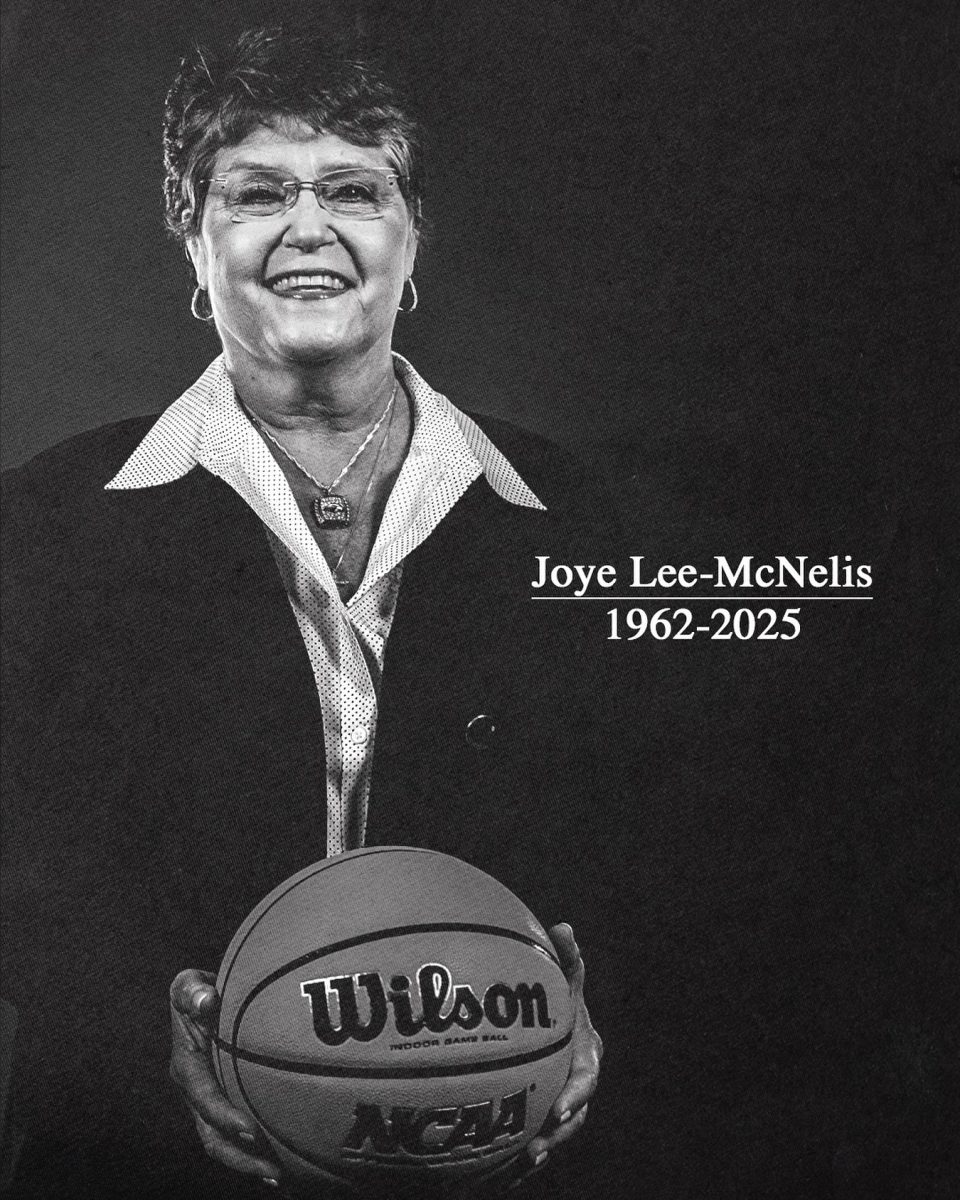

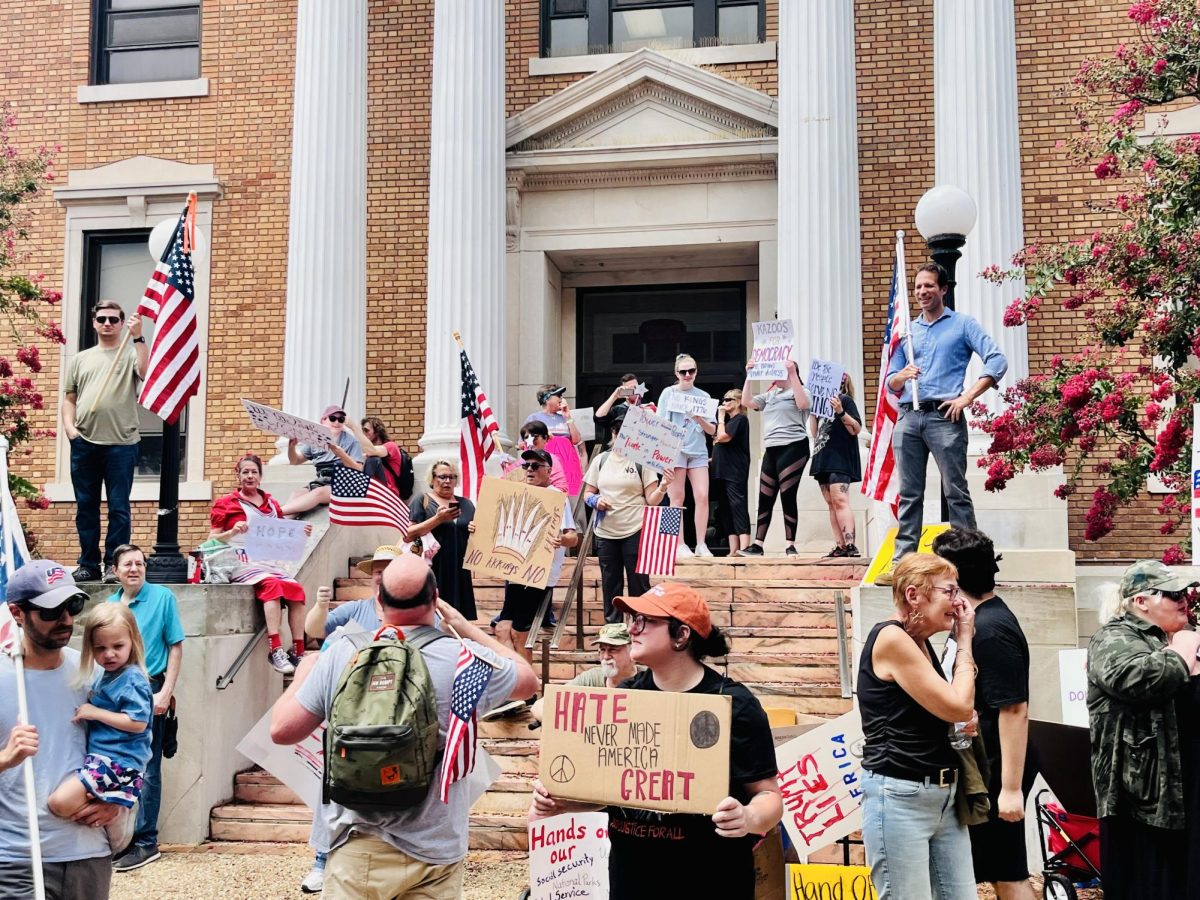
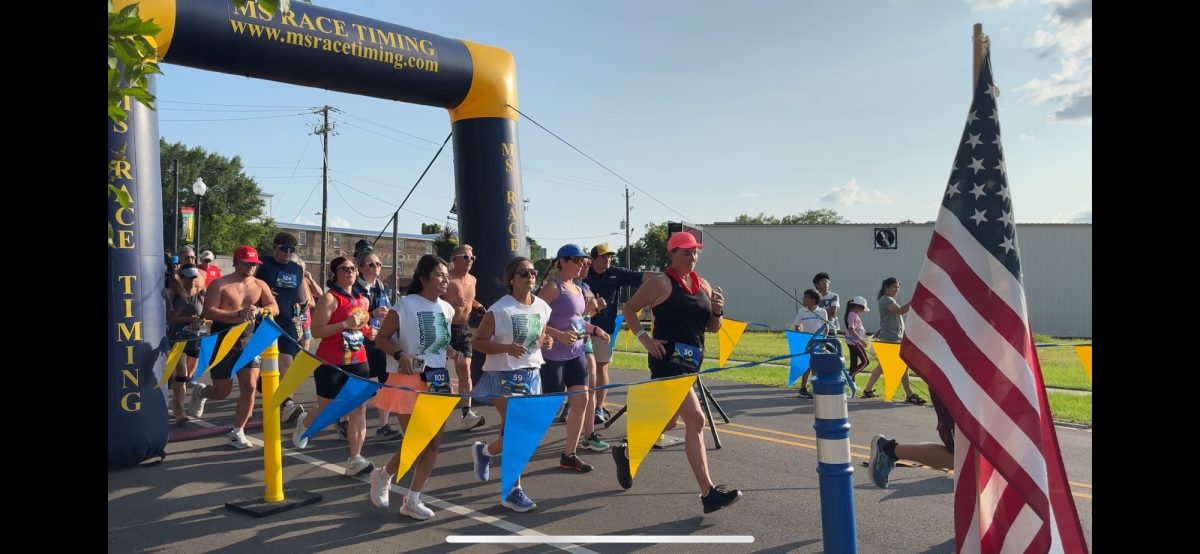

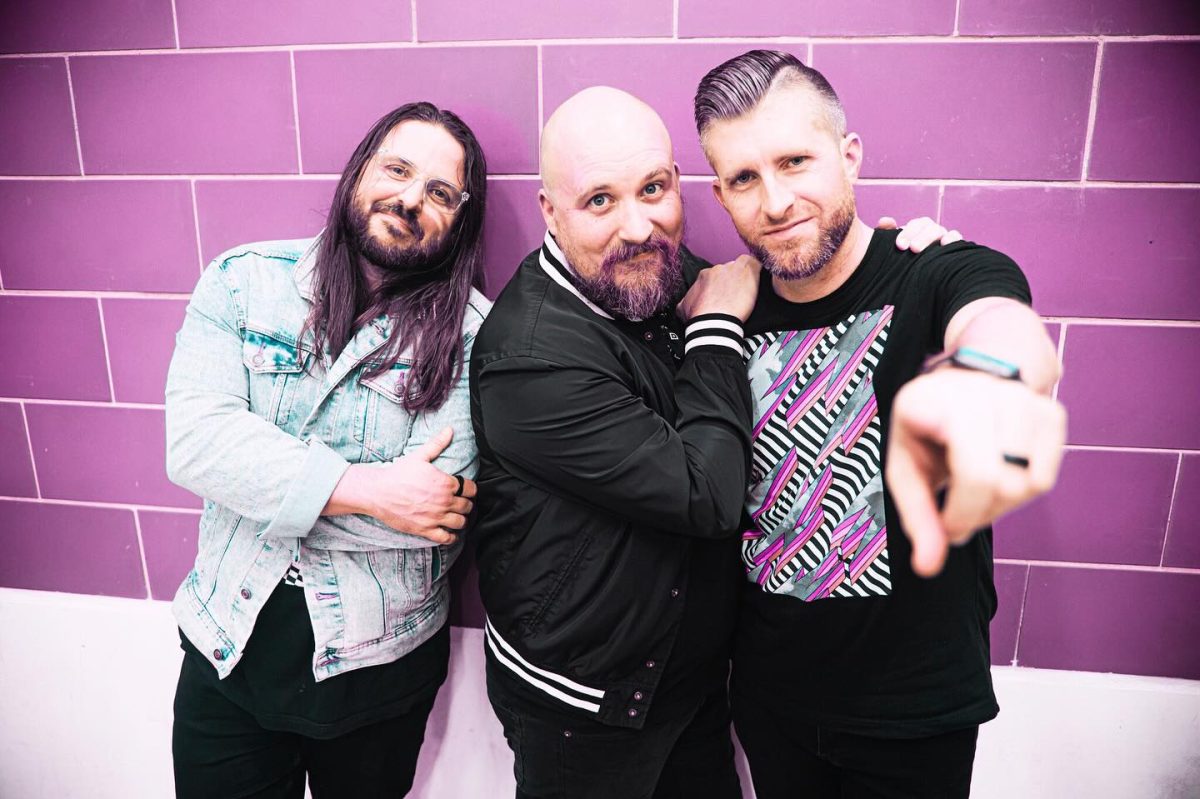
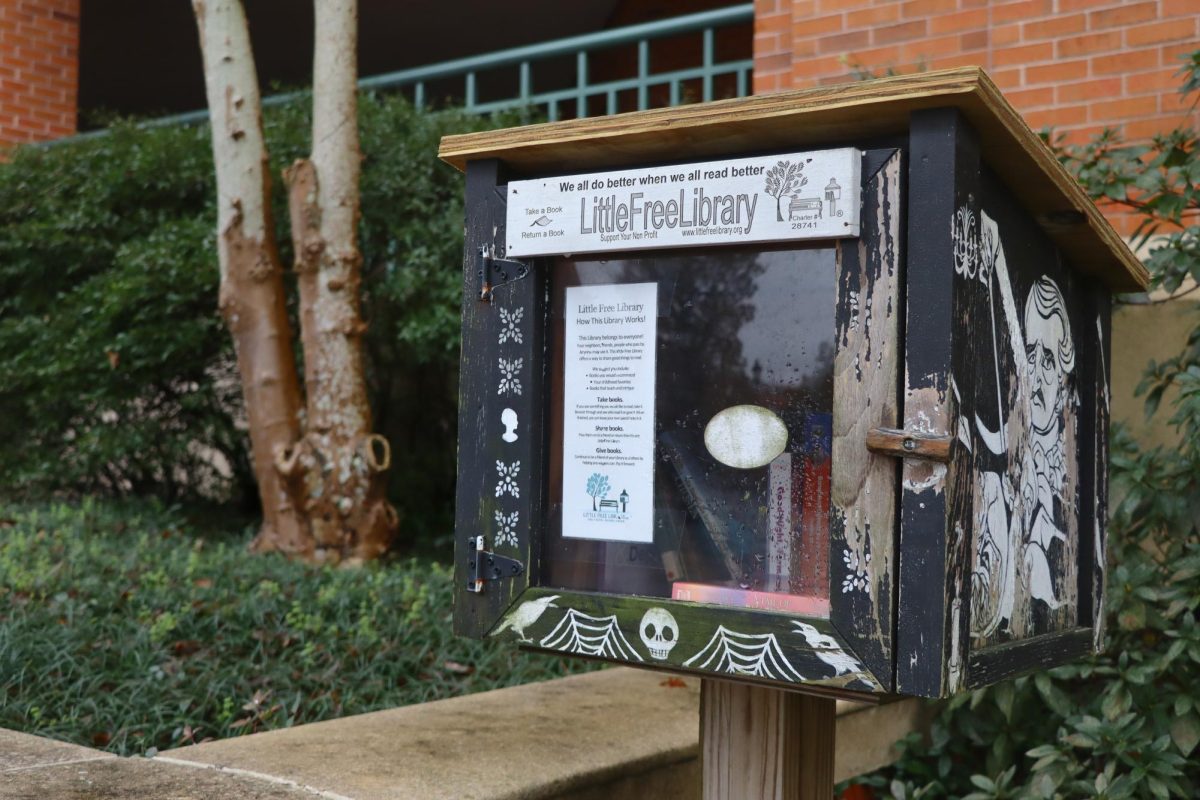
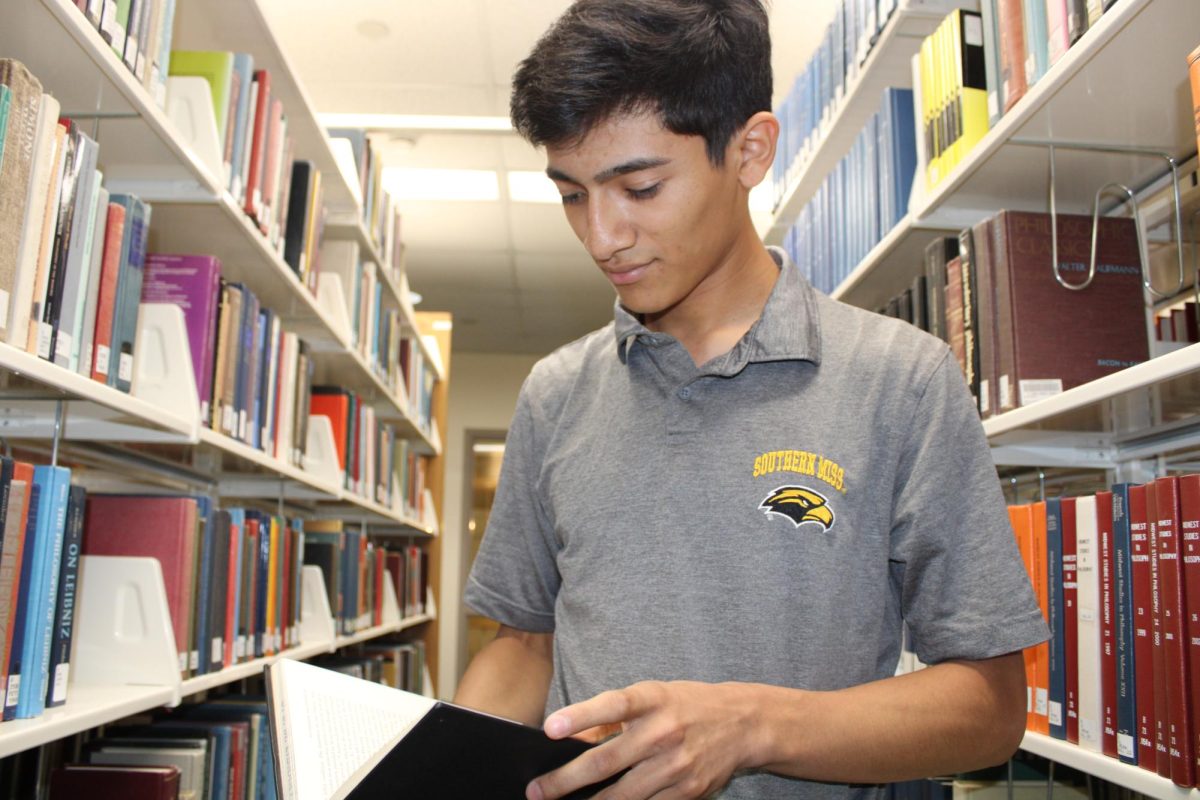

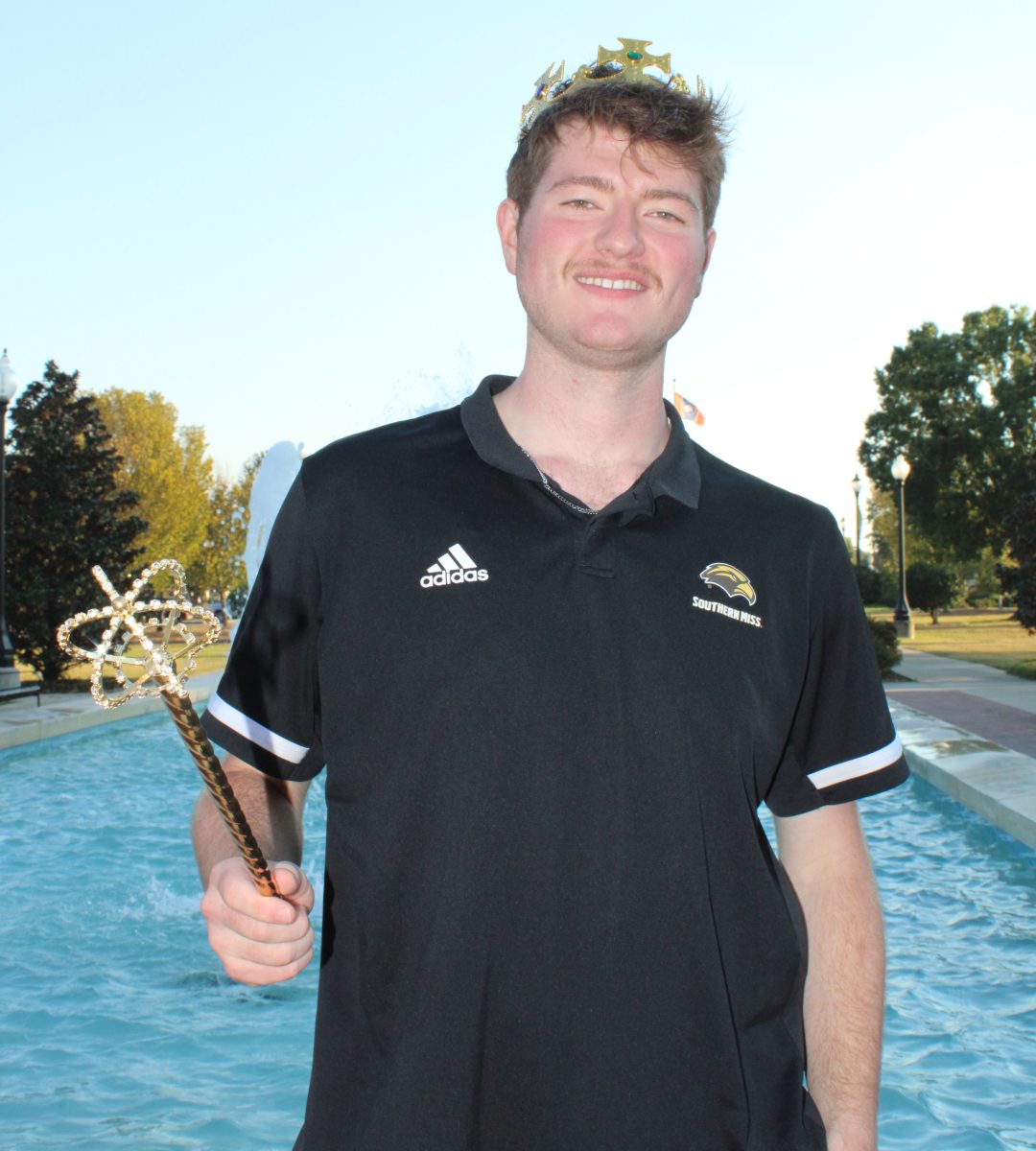
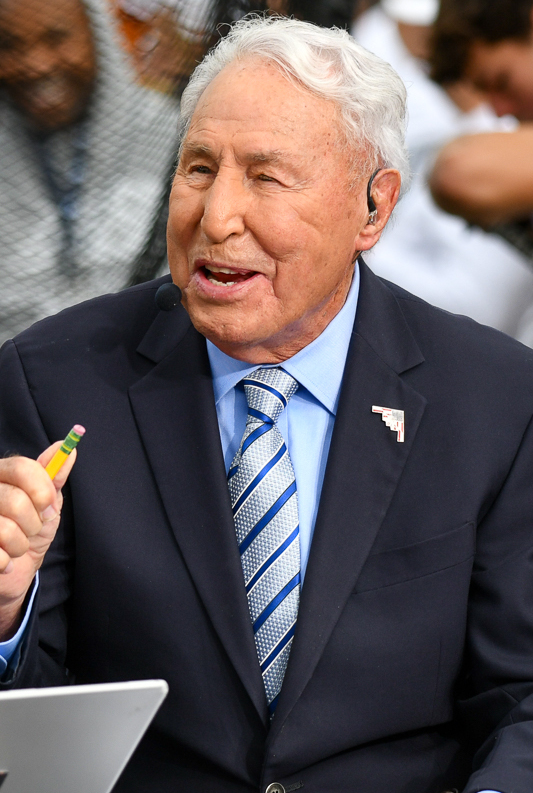




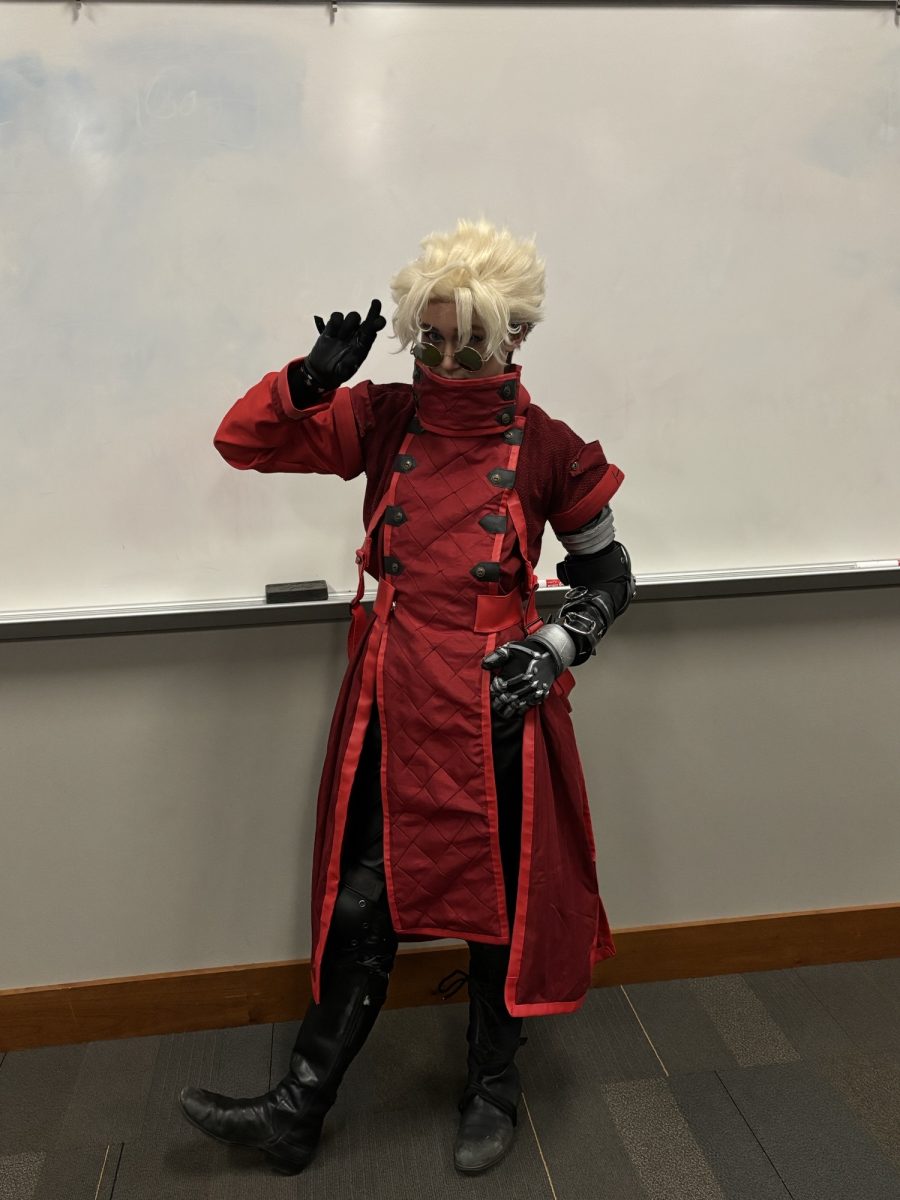

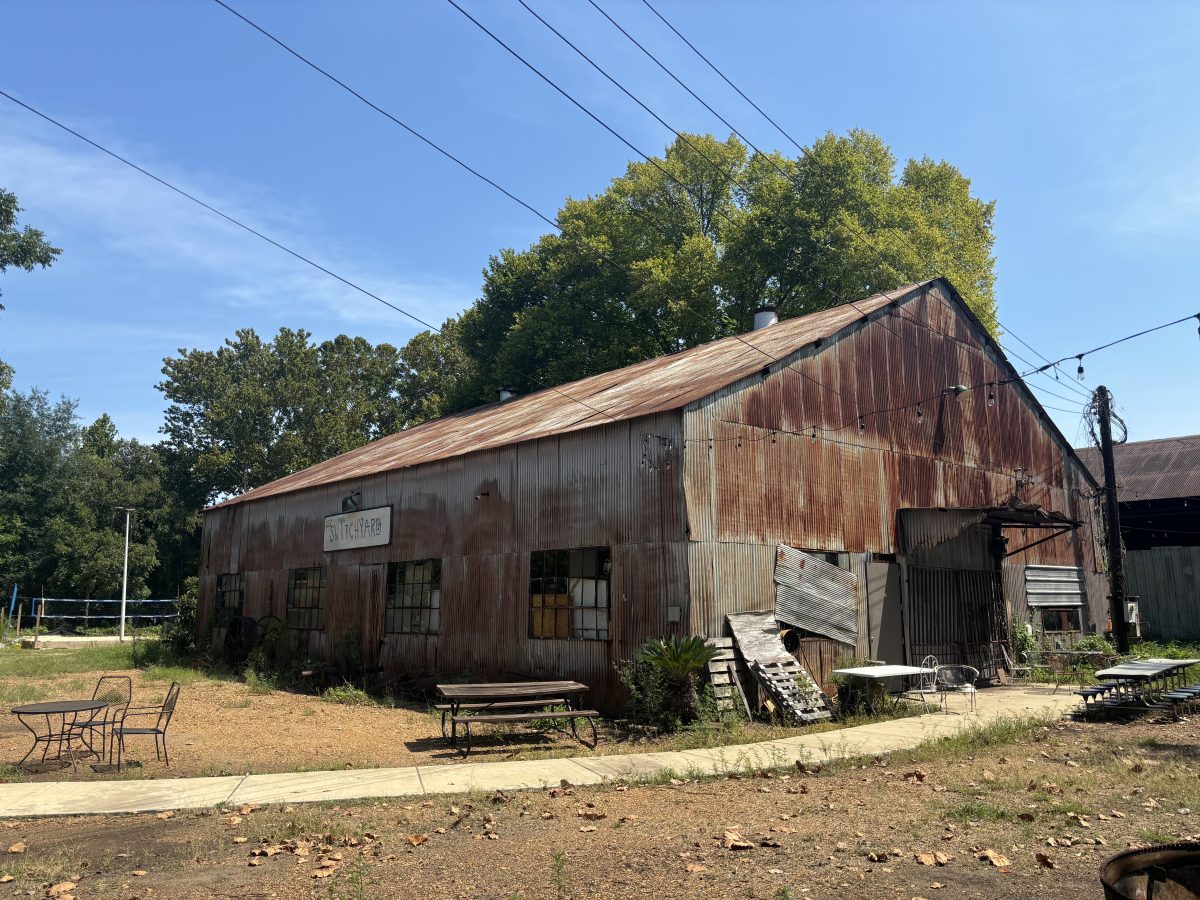
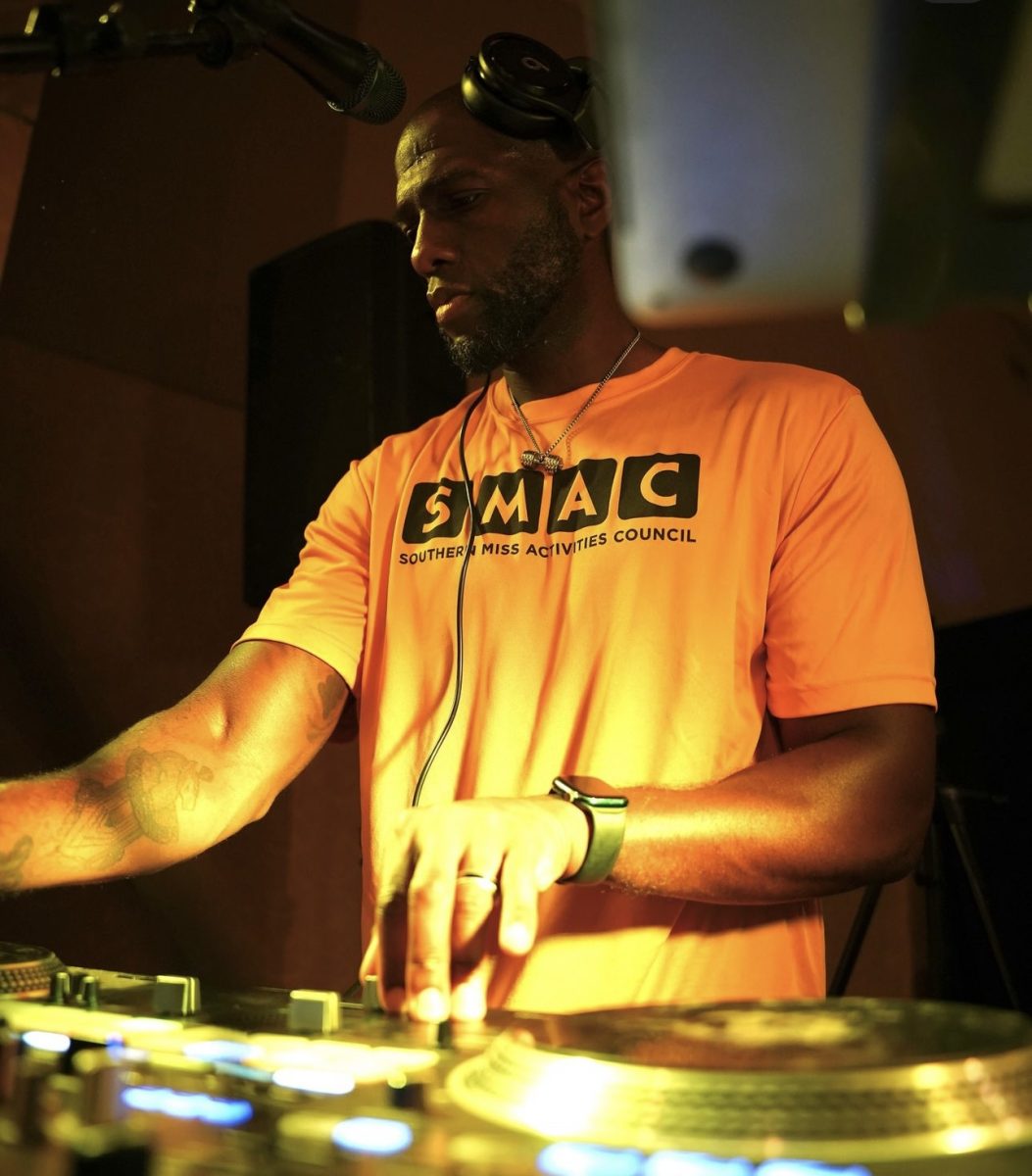











![Three times before [age 16], I should have died.’ Holocaust survivor shares story at USM](https://sm2media.com/wp-content/uploads/2016/02/Holocaust-900x506.jpg)
